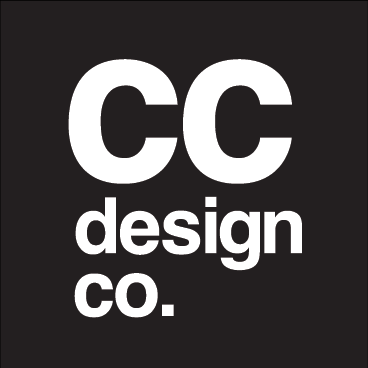Background
The National League of Cities (NLC) and One Nation/One Project (ONOP) recognize that artists can play a key role in improving local government services, including those that support mental health. Their shared commitment to the value of cultural diversity in communities led to the development of a comprehensive field guide showcasing successful programs implemented by multiple city cohorts. After an extensive collaboration through ONOP’s Arts for EveryBody initiative, they published a guide highlighting key strategies cities can use to develop community programs and build meaningful partnerships.
The Challenge
Working closely with the authors, program managers, and design director at NLC, our goal was to create a visually engaging guide that reflected the arts' vibrancy while maintaining alignment with NLC’s brand identity. To capture this balance, we incorporated elements of whimsy while ensuring a structured, professional design.
Through sketching and conceptualization, we proposed customized symbols to represent the guide’s three core pillars: public engagement, coalition building, and problem-solving. These simple yet distinctive symbols became essential design components, complemented by supporting shapes that added cohesion to the overall style. These elements were further integrated into photo treatments, utilizing cutouts and layered textures to add depth and visual interest.
Once the visual direction was defined, we adapted these design elements across multiple page layouts, including section dividers, case study pages, and callouts, ensuring a cohesive and engaging user experience.
The Outcome
The final design broke away from the conventional look of NLC’s industry reports while remaining true to its brand identity. The cover featured a dynamic collage representing various artistic disciplines and community engagement, while the interior sections used color differentiation and layered photo cutouts to evoke emotion and highlight key themes.
The guide was packed with checklists, best practices, strategies, and case studies, and the design played a crucial role in making this content more navigable and engaging. The response from the audience was overwhelmingly positive, leading to the design being carried over into a second field guide aimed at the healthcare community, including clinics, caregivers, and industry leaders.
“Thank you for your work!
People are already asking me who the designer is; I’m sharing your website.”






















